

Rx Binders vs. Natural Binders for CIRS


There has been a lot of debate when it comes to the best binders for treating mold illness. With standard care dismissing mold entirely and so many varying opinions within the functional wellness space, it’s no wonder there is so much confusion regarding viable treatment options.
As a practice that focuses solely on getting our clients and patients to root-cause healing, we found ourselves amid this confusion as well when we started discovering that environmental illness and biotoxin exposure were key missing pieces for some of our chronically ill.
This discovery led us to Chronic Inflammatory Response Syndrome (CIRS) and all of the biotoxin research pioneered by Dr. Ritchie Shoemaker. We follow the Shoemaker Protocol for treating CIRS, also known as mold illness, since it’s the only peer-reviewed, clinically replicable treatment available for supporting mold and other biotoxin exposure.
This leads us to the nuanced debate around the best binders for mold treatment—let’s take a closer look at resin binders vs. natural binders for CIRS, the best binder practices, and what steps patients can take to optimize their CIRS healing journey.
What Is CIRS?
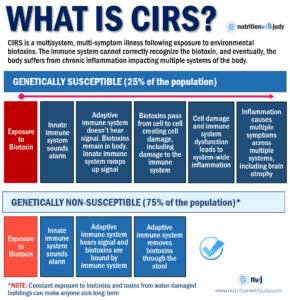

Biotoxins, which are toxic substances of natural origin with a specific molecular weight, are the primary cause of the immune reactions and inflammation in CIRS. These biotoxins come from various sources:
- Water-Damaged Buildings: About 80% of CIRS cases are linked to air in water-damaged environments. The mix of mold mycotoxins, bacteria, and other chemicals can trigger severe inflammation in sensitive individuals.
- Insect Bites: Certain tick bites transmit Lyme disease through the Borrelia burgdorferi bacteria and additional co-infections. This can cause prolonged illness in people with CIRS. Spider bites from the recluse spider can also cause long-term health issues due to their biotoxins.
- Contaminated Seafood: Eating tropical reef fish contaminated with ciguatera toxin can cause biotoxin illness. This toxin is produced by dinoflagellates, which are part of harmful algal blooms.
- Contaminated Water: Contact with or inhalation of water contaminated by harmful algae blooms, including Pfiesteria and cyanobacteria (blue-green algae), can trigger inflammation in those with CIRS.
- Other Sources: Additional triggers for CIRS include certain vaccines, certain viruses, volatile organic compounds (VOCs), endotoxins, and actinomycetes.
It’s important to identify and understand the various sources of biotoxins to manage and treat Chronic Inflammatory Response Syndrome effectively.
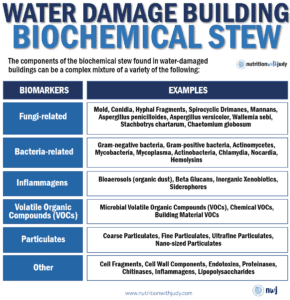

Biotoxins are comprised of extremely small molecules that easily traverse cell membranes, making them difficult to detect through standard blood tests. Commonly, these toxins enter the body via inhalation, though ingestion and direct contact through tick or spider bites, and contaminated water are also frequent routes of exposure.
The reason why exposure to common biotoxins such as mold does not lead to CIRS in everyone lies in genetic susceptibility and life experiences. Factors such as severe stress, illnesses, surgeries, high fevers, pregnancies, significant biotoxin encounters, and other traumatic events can activate a cytokine storm.
This may trigger the expression of the CIRS-related genes in individuals with specific genetic markers (HLA-DR genes), making them predisposed to the illness from birth. Consequently, CIRS can develop at any age, and the absence of symptoms doesn’t guarantee immunity. Genetic haplotype testing provides crucial preventative insights.
While biotoxins can cause acute illnesses, most people’s immune systems can identify and eliminate these toxins effectively. However, in individuals genetically predisposed to CIRS, their immune systems fail to recognize and clear these biotoxins, leading to their continuous circulation within the body. This persistent presence of biotoxins triggers an overactive immune response and widespread inflammation, resulting in various symptoms and long-term health impacts.
You can learn more in-depth about CIRS here.
Pro-Tip: If you think you’re suffering from CIRS, start with our White Glove Service for comprehensive care.
What Are Binders?


In the context of CIRS and detox protocols, binders are substances used to help eliminate toxins from the body. They work by “binding” to toxins in the gastrointestinal (GI) tract, which prevents the toxins from being reabsorbed into the bloodstream. Instead, these bound toxins are then safely expelled from the body through the digestive system.
Binders are made from various materials, each chosen for its ability to attach to specific types of toxins. We’ll touch on this more in-depth later on in the article.
Why Do You Need Binders for CIRS?


Due to the nature of this condition and the body’s inability to identify and eliminate biotoxins effectively, these biotoxins are subsequently stored in the body, specifically the gallbladder. A binder is required to help CIRS patients detox stored biotoxins and is the second step of the Shoemaker Protocol.
Binders are essential components in detox protocols, helping to ensure proper toxin removal from the body:
- Adsorption of Biotoxins: Binders are substances that can adsorb toxins onto their surface. Unlike absorption, adsorption involves the accumulation of substances on the surfaces of another material. Binders have large surface areas that attract and hold onto toxins, primarily through chemical bonds.
- Prevent Reabsorption: Many toxins are processed and excreted through the liver and then the bile into the intestines. Without binders, these toxins can be reabsorbed into the bloodstream from the intestine. Binders capture these toxins in the gut and help to safely transport them out of the body through bowel movements, preventing their re-entry into the circulation system.
- Reduce Toxic Load: By effectively trapping and facilitating the elimination of toxins, binders can significantly reduce the overall toxic burden on the body. This is especially beneficial for the liver and kidneys, which are primarily responsible for detoxing and can be overwhelmed by high levels of toxins.
- Foundational Shoemaker Step: Getting out of exposure and starting the appropriate binders are the foundational steps for the Shoemaker Protocol and CIRS treatment. The protocol is designed in this specific order to maximize the efficacy of each subsequent step, ensuring the body is ready for the next intervention.
What Are the Best Binders for CIRS?


Cholestyramine (CSM) and Colesevelam (brand name Welchol) are both prescription medications used in the initial stage of the Shoemaker Protocol. CSM and Welchol are originally intended for reducing high cholesterol and have been safely used for many decades in millions of patients.
Classified as a resin binder, CSM has been extensively tested in multiple clinical trials involving patients with CIRS. Its efficacy has been confirmed by two double-blind, placebo-controlled crossover studies. It has now been used for over 20 years in CIRS treatment.
CSM is not absorbed from the GI system—instead, it binds to cholesterol, bile salts, and biotoxins in the small intestine. CSM specifically binds an ammonium side chain to anion ring formations of biotoxin molecules. With no additional exposures, CSM will remove all stored toxins from the body over time.
CSM is the best binder for CIRS as there are currently no published, peer-reviewed scientific studies demonstrating full efficacy from natural binder alternatives alone. Research on natural binders often lacks the volume and rigor of studies that pharmaceutical interventions such as CSM have undergone.
The reason why CSM is considered the most effective binder for CIRS is because it has a positive charge (+) that binds tightly with biotoxins which have a negative charge (-). CSM also happens to be the same molecular size as these biotoxins.
From the limited data available, it’s been shown that natural binder options such as charcoal and clay have the same negative charge as the biotoxins—meaning they don’t have the same strong binding affinity as resin binders such as CSM and Welchol.
CSM vs. Welchol


While CSM is believed to be the most effective binder as the foundation of the Shoemaker Protocol, Welchol is an alternative commonly used in individuals unable to tolerate CSM. Even though CSM is generally well-tolerated, certain health conditions, such as Crohn’s, require Welchol instead. We’ll get into the nuances of taking CSM and Welchol later in this article.
Welchol is also considered a resin binder and an effective option for proper CIRS detox. However, Welchol is only 25% as effective as CSM.
Okra and Beet Binder Alternative


The last option available is a specially formulated plant-based binder sourced from okra extract and organic beet juice called MycoBind. MycoBind doesn’t offer the same efficacy as CSM or Welchol but the supporting research does show a reduced binding affinity to negatively-charged biotoxins. Okra extract is only about 16%-20% as effective as CSM.
For patients not tolerating either CSM or Welchol, MycoBind may be an option to consider. It can also be used in preparation for starting the Shoemaker Protocol before trying the preferred prescription resin binders.
Important Note: Do not take this product if you are sensitive to oxalates. Oxalate issues can be somewhat common with CIRS, as certain fungi can produce oxalates in the body post-colonization. Always work with your trusted CIRS practitioner before starting any binders.
The Best Practices for Binders and CIRS
In our clinical practice with hundreds of CIRS clients and patients from across the globe, here are important best practices to implement to ensure you’re maximizing your healing potential during the Shoemaker Protocol.
Preparing for CIRS Binders
Here are essential tips to consider before starting any binders:
Lipid Replacement Therapy


Lipids play a crucial role in forming the cell membranes throughout our body. In conditions such as CIRS, these lipids are prone to damage and oxidation. This deterioration leads to a series of adverse effects on energy production, nutrient absorption, and overall cellular function.
Lipid replacement therapy is a beneficial treatment that can help mitigate these issues, promoting quicker recovery and symptom improvement. It’s best to start lipid replacement therapy at least a few weeks before starting CSM or Welchol—this can help reduce the side effects while also supporting the normalization of inflammatory CIRS markers MMP-9 and VEGF.
For Lyme patients, patients with high MMP-9, and patients with ongoing biotoxin exposure, it’s recommended to do lipid replacement and a longer-term low-amylose diet, such as the carnivore diet, to help mitigate symptoms with CSM.
You can learn more about CIRS markers here.
We’ve found the most efficacy in using Omaprem in combination with high-quality fish oils such as MegaMarine or Biomega-500 for lipid replacement. The ideal amount of high-dose omega-3 fatty acids for lipid replacement is 2400mg of EPA and 1800mg of DHA per day.
Pro-Tip: If you have histamine or mast cell activation issues and are unable to tolerate any fish oil or SPM products, we recommend trying to get omega-3s from your diet. Grass-finished ruminants and pasture-raised eggs will contain a little more omega-3s compared to conventionally-raised meats. Vital Choice offers a low-histamine wild-caught Pacific King Salmon option as well—we’ve had clients successfully complete this step through diet alone.
Mind-Body Work


Since CIRS is characterized as a “brain on fire” due to excessive inflammation (and then “brain on ice” over time with systemic inflammation causing atrophy), it’s essential to reduce inflammation from stressors and a hyperactive immune response. Limbic system rewiring and mind-body work are necessary for healing.
Limbic and nervous system dysregulation are common with chronic illness and even stressful daily life experiences. By supporting limbic state hypersensitivity and neuroplasticity, the goal is to get the body to a rest and digest state in order to allow the physiological healing process to begin.
We discovered that mind-body work is often a missing piece for individuals not being able to tolerate the binders or stalling in the protocol. We’ve developed our own exclusive Mind Body Program to better support our clients and patients, ensuring they have all the tools needed to get to root-cause healing.
You can learn more about our Mind Body Program here.
Gut Healing Protocol


Some individuals may need to leverage the carnivore diet alongside a personalized gut healing protocol before they’re able to tolerate CSM or Welchol. In our clinical practice, generally, our patients who either completed a gut healing protocol with us or didn’t have any severe GI issues, to begin with, tend to tolerate the binders better.
If you’re finding that you’re still unable to tolerate the binders after several weeks of lipid replacement therapy and successful mind-body work, you may need to do some preliminary gut healing before you’re able to take on the Shoemaker Protocol.
You can work with our team one-on-one for a personalized gut healing protocol. Our Gut Healing Kit is also available and a great place to start for gut healing support.
Starting CSM and Welchol
Once you’ve prepared yourself with the steps above for starting binders, we recommend considering the following practices:
Pre-CSM/Welchol Binders
In our ultra-sensitive population, sometimes a gentler binder is required before starting CSM or Welchol. These can include binders such as MycoBind and Ultra Binder Sensitive Formula. Always work with your trusted CIRS practitioner to find the best personalized treatment protocol for you.
Support Your Drainage Pathways


Due to the nature of this condition, it’s very common for CIRS patients to have impacted drainage pathways. While the binders are essential for detoxing, supporting your body’s detox process is important by opening up your drainage pathways.
Supports such as sauna blankets, dry brushing, Epsom salt baths, castor oil packs, cupping, and lymphatic drainage massages are all great options to explore for supporting your drainage pathways.
You can learn more about best practices for opening up your drainage pathways here.
Onboarding and Titrating CSM
It’s important to go low and slow as you start onboarding and titrating CSM. This is especially true for individuals with histamine and mast cell activation issues as you may be more prone to a Herxheimer or “die-off” reaction. Individuals starting CSM still in exposure should also go low and slow as heightened symptoms can occur.
You can learn more about Herxheimer reactions and how to mitigate the symptoms from our free guide here.
While the goal of all these steps is to help you tolerate the binders better, you’ll likely experience some symptoms from taking them and the subsequent detox. CSM’s direct side effects are only acid reflux, diarrhea, bloat, and constipation. However, many people report various other symptoms, ranging from fatigue to mood imbalances, from the detox process.
Some people decide to power through the die-off symptoms and are fine once they’ve detoxed enough (although we don’t necessarily recommend this approach). It’s more about finding the balance between symptoms and your day-to-day responsibilities and what’s manageable for you.
However, it requires enough self-awareness and symptom examination to determine if you are tolerating the detox or die-off symptoms, need to slow down titrating CSM, or pivot altogether and try Welchol instead.
We recommend using a symptom tracker such as our Food and Mood Journal to help track your experience so you’re able to make better-informed decisions. Always work with your trusted CIRS practitioner to determine the best next steps if you run into any issues while onboarding and titrating CSM.
Pro-Tip: Unless you have a medical condition that requires Welchol over CSM, we always recommend starting with CSM first, as it is the most effective binder option for CIRS treatment. Welchol should be a backup option if CSM is not tolerated.
Onboarding and Titrating Welchol
Even though Welchol is considered a gentler alternative to CSM, we always recommend a low and slow methodology for onboarding and titrating Welchol as well.
An interesting observation from our clinical practice is that some people who don’t tolerate Welchol may actually tolerate CSM. In some of these cases, our patients only tolerate Welchol dosing at a certain time of day and will need to do a combined schedule with both Welchol and CSM.
If your practitioner is starting you on Welchol and you’re not tolerating it, CSM may still be an option to explore. It’s critical to work with your trusted CIRS practitioner to help navigate what’s best for your personalized treatment.
Optimizing Binders for CIRS Treatment
Once you’ve successfully onboarded either CSM or Welchol, let’s optimize these binders for CIRS treatment in order to maximize healing potential and speed:
CSM and Welchol Dosing and Time Considerations


Here are the best practices for CSM and Welchol dosing and timing:
Take the full dose of CSM four times per day.
Interruption of bile reabsorption four times per day yields better results during the active treatment phases. That’s why taking 4 doses a day is ideal. Some practitioners have recommended stacking doses to limit the number of times you have to take CSM, but this won’t be nearly as effective and often takes longer to detox.
Taking smaller doses more frequently throughout the day is better than taking larger doses less frequently—the more opportunities you allow CSM to bind biotoxins in the body, the better.
Take CSM on an empty stomach and wait 30 minutes before a meal or animal fat.
As the standard method used in clinical studies over 20 years ago, CSM should be taken on an empty stomach before waiting 30 minutes to eat a meal or a tablespoon of animal fat. Some CIRS practitioners have recently switched up this timing, recommending food or sacrificial fat prior to CSM intake.
Since it is correct that dietary fats stimulate the gallbladder to release bile which contains bile acids that play a role in intestinal motility, we understand why these CIRS practitioners think that without eating fat, there isn’t any bile in the intestines—hence the new dosing schedule.
However, bile acids are typically reabsorbed in the distal ileum of the small intestine. This reabsorption usually occurs a few hours after eating. Food typically takes six to eight hours to pass through the stomach and small intestine. Therefore, we disagree with this notion and always value “don’t fix what isn’t broken.”
We recommend sticking with the original standard CSM dosing schedule that’s remained effective for the past two decades.
If you can’t take CSM four times per day, switch to a modified schedule of both CSM and Welchol.
Since CSM must be taken on an empty stomach and away from prescription medications, this can get tricky for some people. Instead, you can take only two doses of CSM (4 grams per dose) on an empty stomach in combination with two doses of Welchol (625mg per dose) with two meals to achieve the four opportunities to bind stored biotoxins.
Take the full dose of Welchol three times per day.
For Welchol, the goal is to get up to two tablets three times a day. Welchol can be taken with food or on an empty stomach. Make sure to eat food or at least one tablespoon of animal fat 30-60 minutes later.
The same goes for Welchol—it’s best not to double up on doses. The more opportunities you allow Welchol to bind biotoxins in the body, the better.
Pro-Tip: Some CIRS patients may need compounded CSM or Welchol. We recommend looking at the ingredients in the generic versions first to see if you can tolerate them, as these are more affordable options generally covered by insurance. As of May 2024, the most affordable, reliable compounded sources include CareFirstRX for CSM and PD Labs for Welchol.
Daily Bowel Movements


Whether you’re taking CSM or Welchol, daily bowel movements are essential. Here are some general recommendations for supporting constipation:
- Drink more water throughout the day in addition to 12-16oz with each dose
- Magnesium citrate, magnesium chloride, or magnesium oxide
- Eat more rendered fat or butyrate-rich foods
- Coffee enemas
- Castor oil packs
There are always additional levers to try if the above doesn’t offer the daily bowel movement support needed.
Eat Sufficient Fat and Ideally Carnivore


Since CSM and Welchol bind to cholesterol, it is crucial to eat sufficient fat to maintain healthy cholesterol levels. Healthy cholesterol levels are essential for many physiological functions, including nearly every cell in the body. Low cholesterol is linked with depression, allergies, dry skin, and other health risks. We recommend monitoring your cholesterol levels while on CSM and Welchol.
This is another reason why the carnivore diet is recommended during CIRS treatment. It ensures plenty of cholesterol-rich foods while reducing the inflammatory load for better symptom management.
There has been some concern that carnivore and keto diets may not be ideal for a certain population of CIRS patients—we’re working on this research now and will release our findings soon. Stay tuned.
Pro-Tip: Some CIRS patients struggle with eating higher fat. Since biotoxins are stored in the liver and various tissues and are released by the gallbladder, eating higher fat triggers more bile to be released along with these stored biotoxins. This can lead to exposure-esque symptoms.
For these individuals, we recommend eating the levels of fat you tolerate, even if you may have to restrict the amount when first starting CSM or Welchol. Gradually increase your fat intake based on your tolerance as many find themselves better fat-adapted after they’ve been on CSM or Welchol for a while and have detoxed a sufficient amount.
Remember, rendered fat is the hardest form of fat to digest—opt for other forms of fat such as beef trimmings and frozen tallow cubes.
Are Natural Binders Ever Used for CIRS Treatment?


Since CIRS patients have impacted detox and drainage pathways, we often leverage different types of natural binders later on in the protocol on a case-by-case basis. Natural binders can help with various toxin accumulation, such as heavy metals and chemical contaminants.
Here’s a quick overview of some natural binders we may use:
- Activated Charcoal: The highly absorbent material can bind to a variety of substances including organic toxins, pharmaceuticals, chemicals, and gasses.
- Zeolite: Zeolite is effective for binding heavy metals, radioactive substances, and histamines within the digestive tract.
- Diatomaceous Earth: Known for its ability to bind heavy metals and parasites.
Closing Thoughts On CIRS Binders
Using the appropriate binders is foundational for any CIRS or biotoxin treatment. Utilizing CSM and Welchol as the main binders for biotoxin detox is one of the significant differences between the Shoemaker Protocol and how the functional wellness space approaches mold treatment. Due to CSM and Welchol’s unique affinity for binding biotoxins based on their positive charge, it is critical to have access to these prescriptions.
While there are alternatives such as MycoBind and a certain time and place for natural binders for co-infections later on in the Shoemaker Protocol, we believe that these resin binders are the best option for CIRS and mold illness detox.
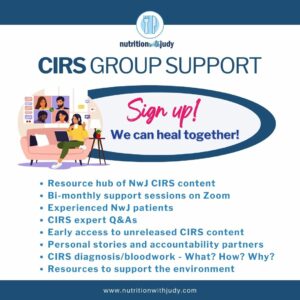

Pro-Tip: Are you looking for practitioner resources and a like-minded community to support you through your CIRS journey? Join our exclusive CIRS Support Group for the latest research, step-by-step protocol tools, and support to successfully achieve root-cause healing.
Work With Our Trusted CIRS Practitioners
The Nutrition with Judy practice is honored to be trusted CIRS practitioners having served hundreds of clients and patients from around the globe. We’re passionate about helping our clients achieve root-cause healing in order to lead the best quality of life possible that’s nearly symptom-free. Our team is dedicated to helping CIRS patients navigate this complex illness. If you’re interested in working one-on-one with our CIRS nutritional therapy team to support you through your journey, our CIRS Support Package delivers the support and accountability for achieving root-cause healing.
Start your root-cause healing journey today and contact us any time with any questions or concerns.
DISCLAIMER: This content is for educational purposes only. While we are board-certified in holistic nutrition and are nutritional therapy practitioners, we are not providing medical advice. Whenever you start a new diet or protocol, always consult with your trusted practitioner first.


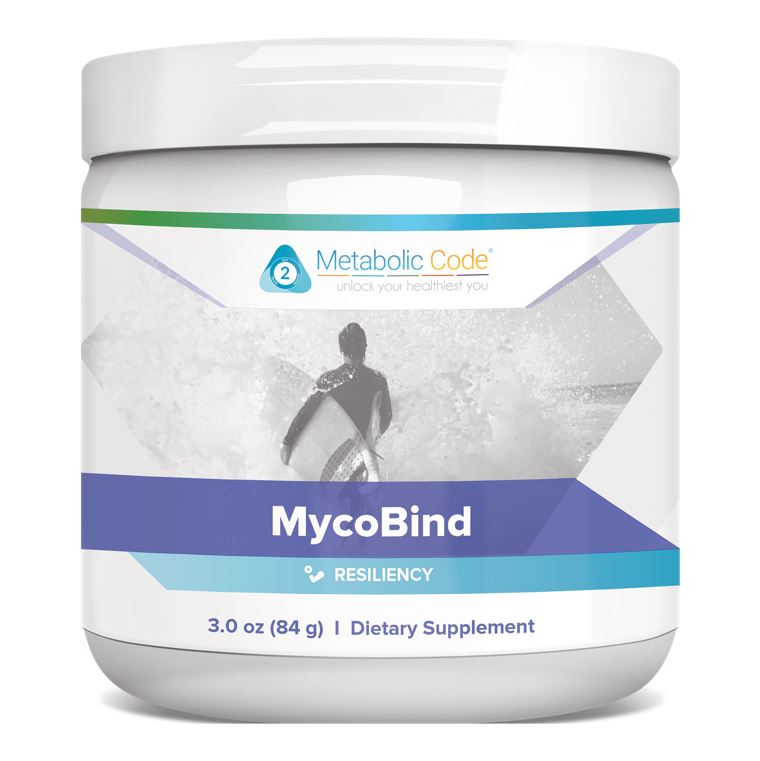
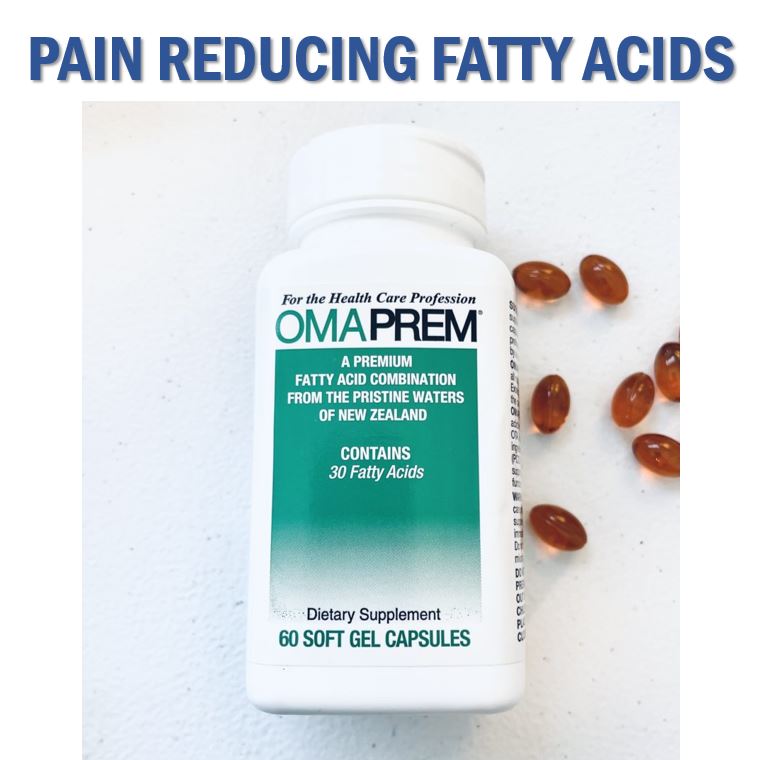
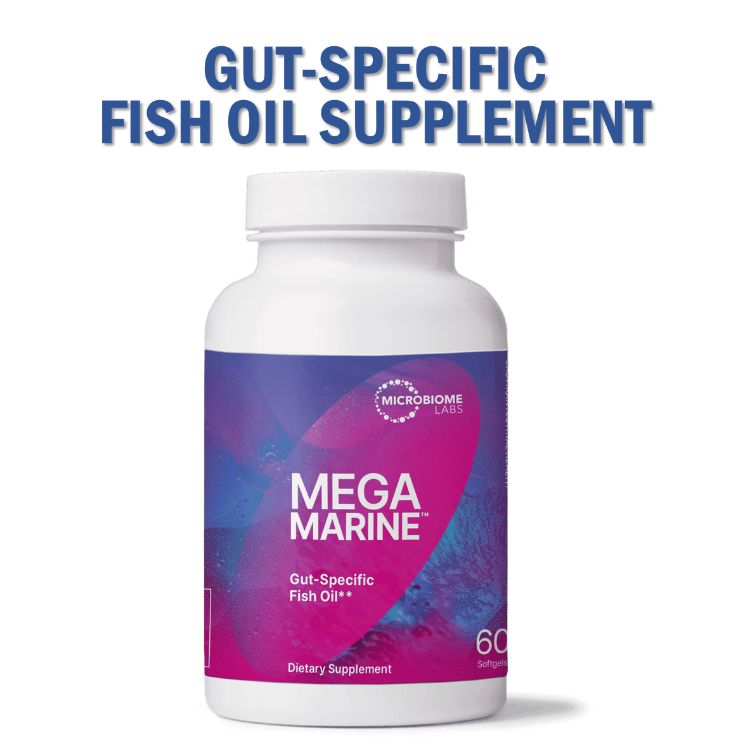
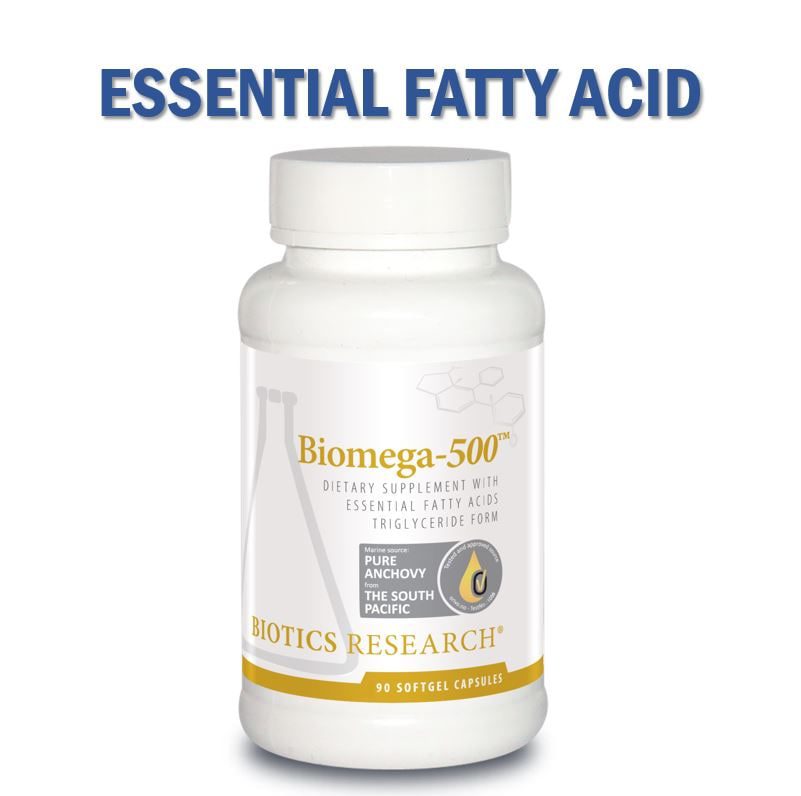
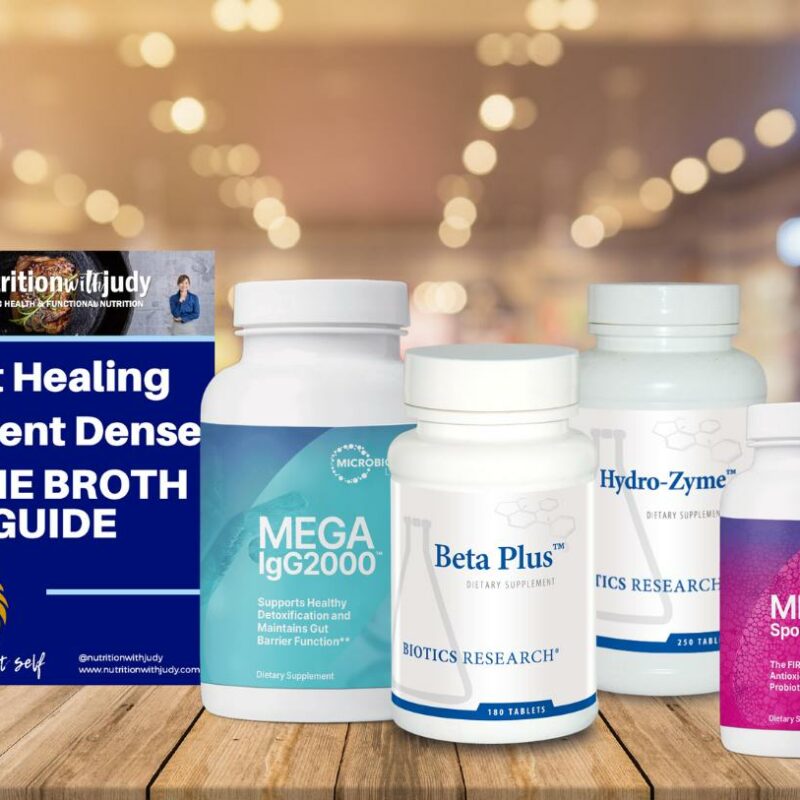
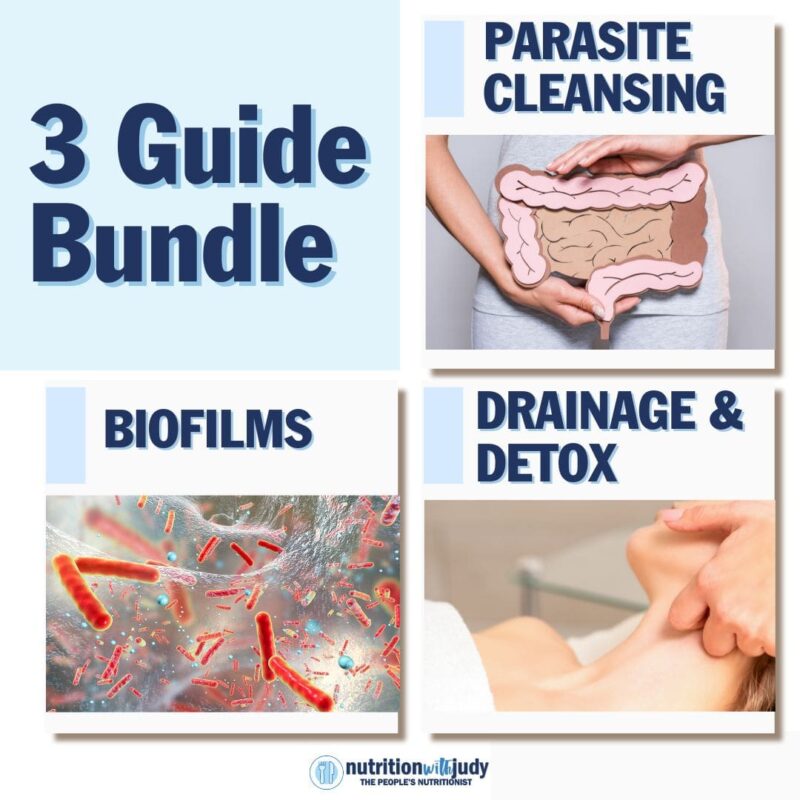
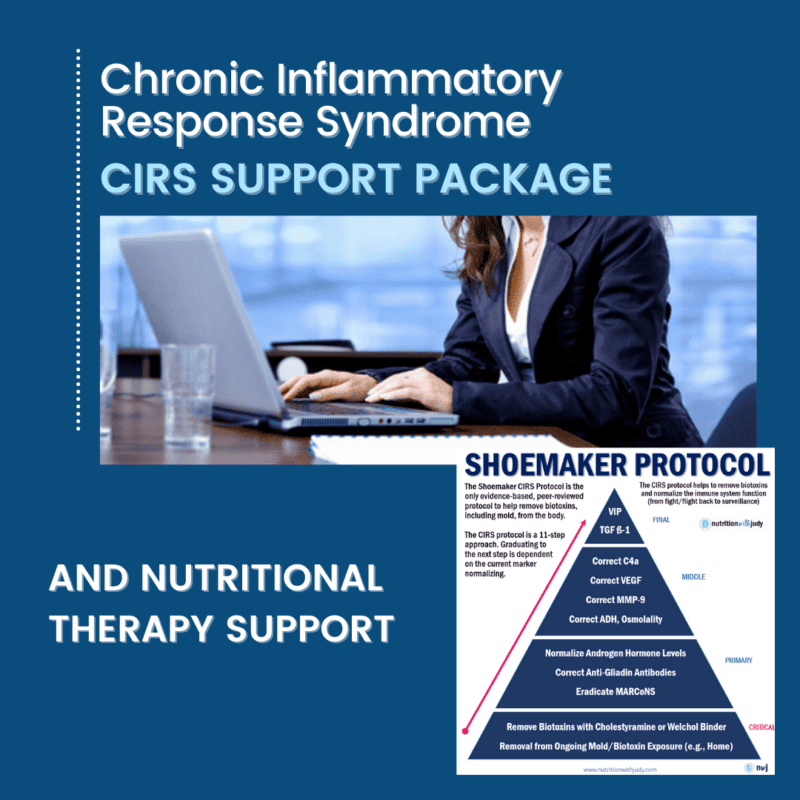


Heather Lee Campbell
June 8, 2024 at 7:34 amWhat are the symptoms of not tolerating a binder? I am on welchol. How do I know if I am having issues?